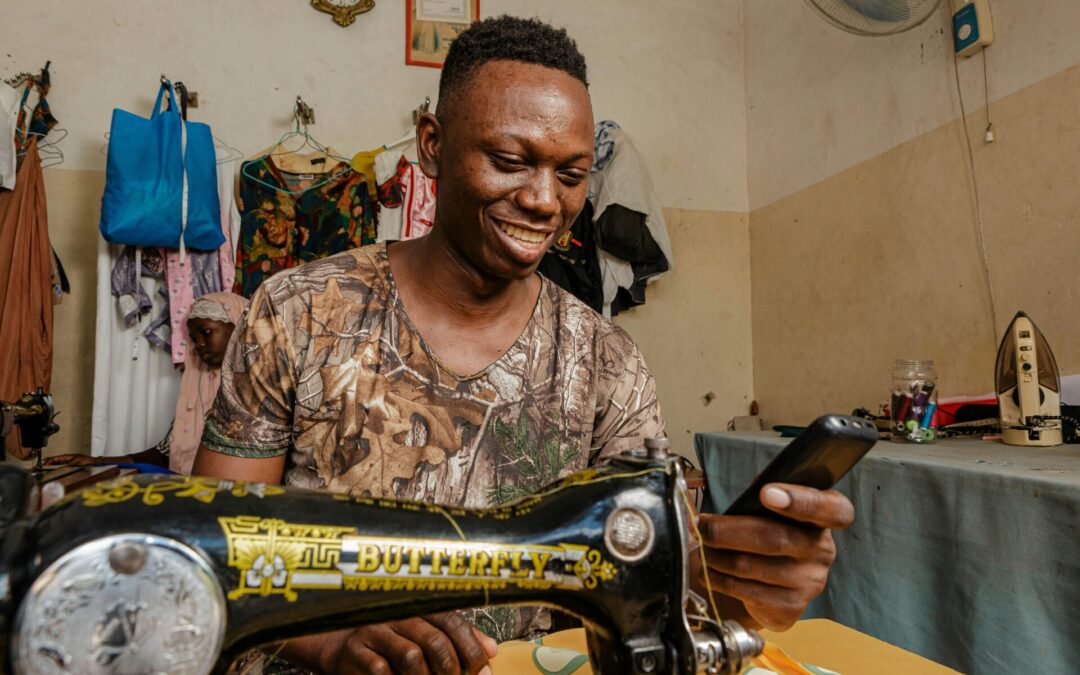From fashion designers in Accra to agri-processors in Kenya and fintech innovators in Lagos, MSMEs are building livelihoods, fuelling innovation, and powering local economies. But to truly unlock their transformative potential, Africa must address a persistent and often overlooked question: how can MSMEs thrive without the infrastructure to support them?
The Real Potential of African MSMEs
Micro, small, and medium enterprises (MSMEs) are the backbone of the continent’s economy accounting for over 90% of all businesses and contributing more than 80% of employment across many African countries. In countries like Nigeria, MSMEs represent 96% of businesses, they generate 84% of jobs, and contribute nearly 48% of national GDP. Similarly, in South Africa, MSMEs account for around 91% of formal business activity and contribute more than 52% of GDP, while Ghana’s MSME sector is responsible for over 70% of the country’s economic output. These examples demonstrate how MSMEs are not just a business segment, but a critical factor for economic development, employment and livelihoods.
In fact, there are projections that underscore the potential of African MSMEs even in the coming decades. The African Development Bank (AfDB) predicts that empowering MSMEs especially within the circular economy could generate 11 million new jobs and boost GDP by 2.2%, while advancing several Sustainable Development Goals. The IMF estimates that with population expected to nearly double from 1.2 billion to 2 billion by 2050, Africa’s working-age population will grow exponentially, driving greater demand for new jobs which positions MSMEs as a unique force for job creation for the future workforce.
For these reasons and more, every stakeholder must pay greater attention to MSME growth as these enterprises aren’t just economic contributors but drivers of innovation and sustainable livelihoods. Their growth can lift households from poverty, spur local enterprise, and reduce youth unemployment in the coming decades. If the right infrastructure, policy and access to finance align, African MSMEs can unlock great opportunities.
Lack of Infrastructure is Limiting the Potential of MSMEs in Africa
Despite their critical role, African MSMEs face significant challenges that stifle their growth especially lack of adequate infrastructure. Infrastructure deficits across power, transport, logistics, and digital connectivity directly affect MSMEs’ ability to produce, reach markets, and scale. Many MSMEs are struggling to move beyond survival mode, not because they lack ambition or creativity, but because they are operating in environments where electricity is unreliable, transport systems are broken, internet access is poor, and logistics are painfully expensive. For instance, the Manufacturers Association of Nigeria (MAN) lamented in 2024 how frustrating the frequent grid collapse was for Nigerian manufacturers struggling to keep up with production. The survival of many small and medium businesses depend on stable electricity supply to fulfil orders and keep operations running. This is not an isolated event but the daily reality of millions of entrepreneurs and MSMEs across the continent.
According to the AfDB, infrastructure deficiencies in Africa cost businesses as much as 40% in lost productivity. For MSMEs, which typically lack the resources to absorb shocks or invest in alternatives such as backup generators or private broadband, this is a death sentence for growth. Without basic infrastructure services, African MSMEs are being held hostage by inefficiency; paying more to produce less, and losing market opportunities simply because they can’t reach them. In a world where supply chains are digital and demand is global, this infrastructure lag is more than a mere inconvenience, it is a structural barrier to growth and prosperity!
Building Infrastructure to Save African MSMEs
If African MSMEs represent the engine of economic transformation, then infrastructure is the fuel. And to truly realise the growth potential outlined earlier, we must begin by building the systems that allow businesses to operate efficiently and thrive. For example, access to reliable electricity can increase manufacturing output, while affordable broadband could boost SME productivity especially in the services and creative sectors. Strategic investment in transport infrastructure including rural-urban linkages would drastically cut distribution and delivery costs as well as market access time, allowing MSMEs to reach and even expand their customer base.
Infrastructure must be designed with MSMEs in mind. Public-private partnerships, regional development banks, and impact investors all have a role to play. But governments must lead with targeted policies that prioritise infrastructure, lowers operational costs, and bridges the rural-urban divide. The reward of this is clear, a future where African MSMEs are not footnotes in economic reports but central characters in the continent’s growth story.
Bottom Line
In the end, the question is not whether African MSMEs have potential. It is whether we will build the conditions that allow that potential to flourish. If we fail to invest in the roads they use, the power they depend on, and the digital networks that connect them to markets, we are not just stalling businesses, we are shortchanging the wider economy of the continent.

